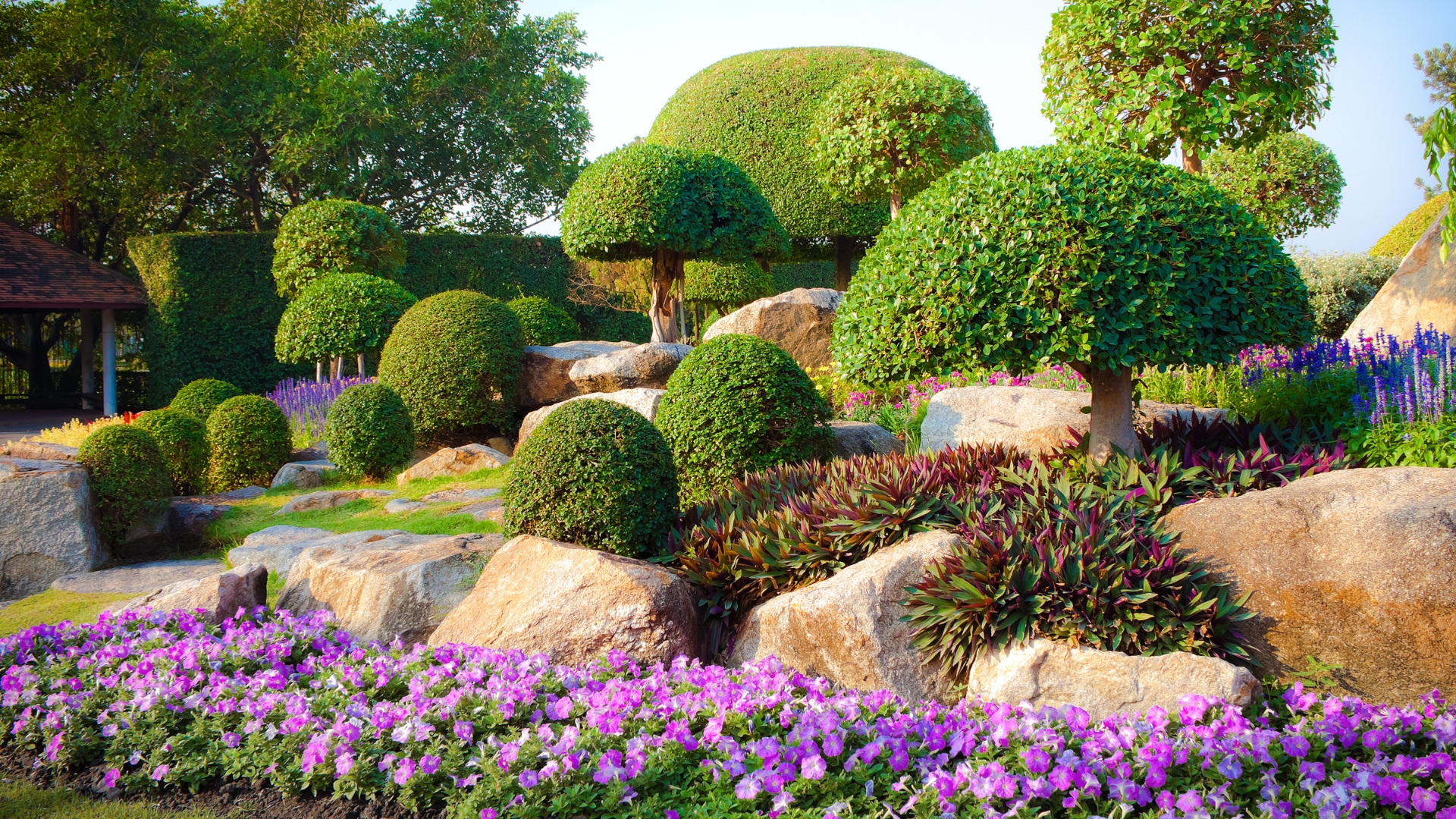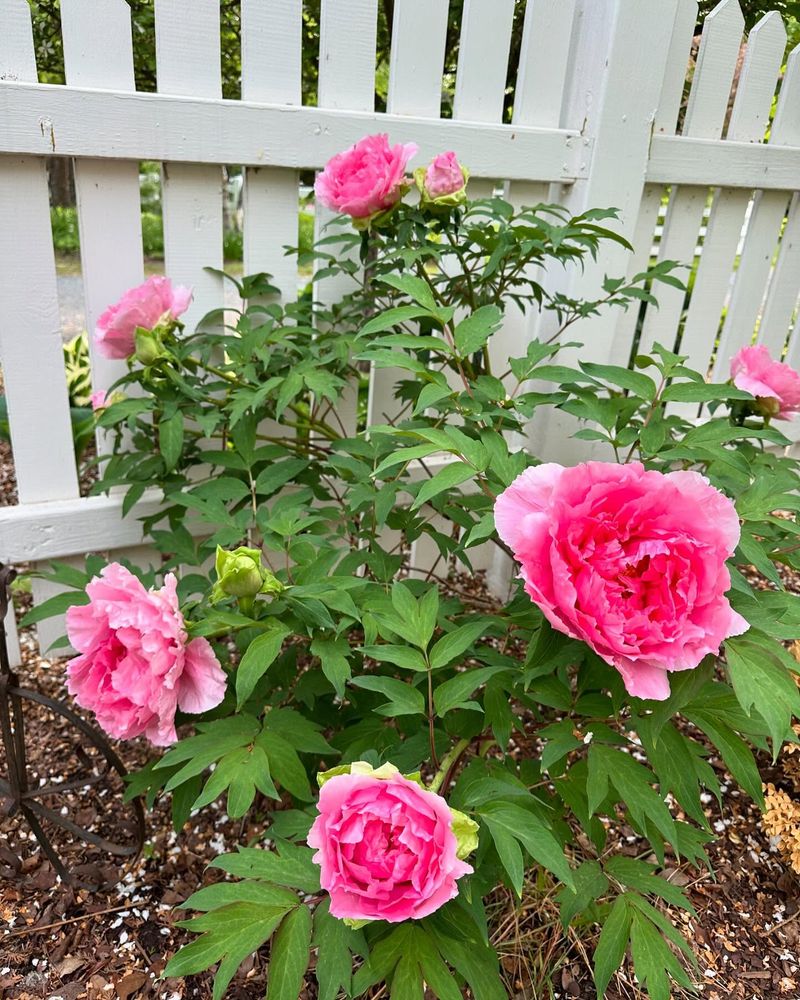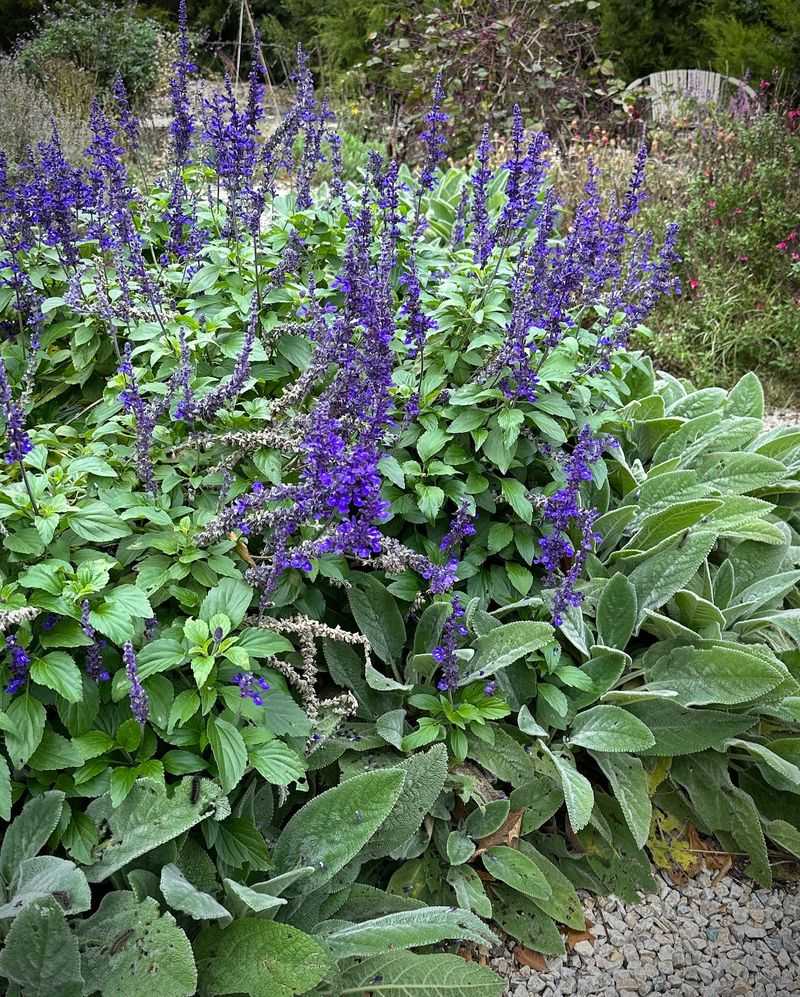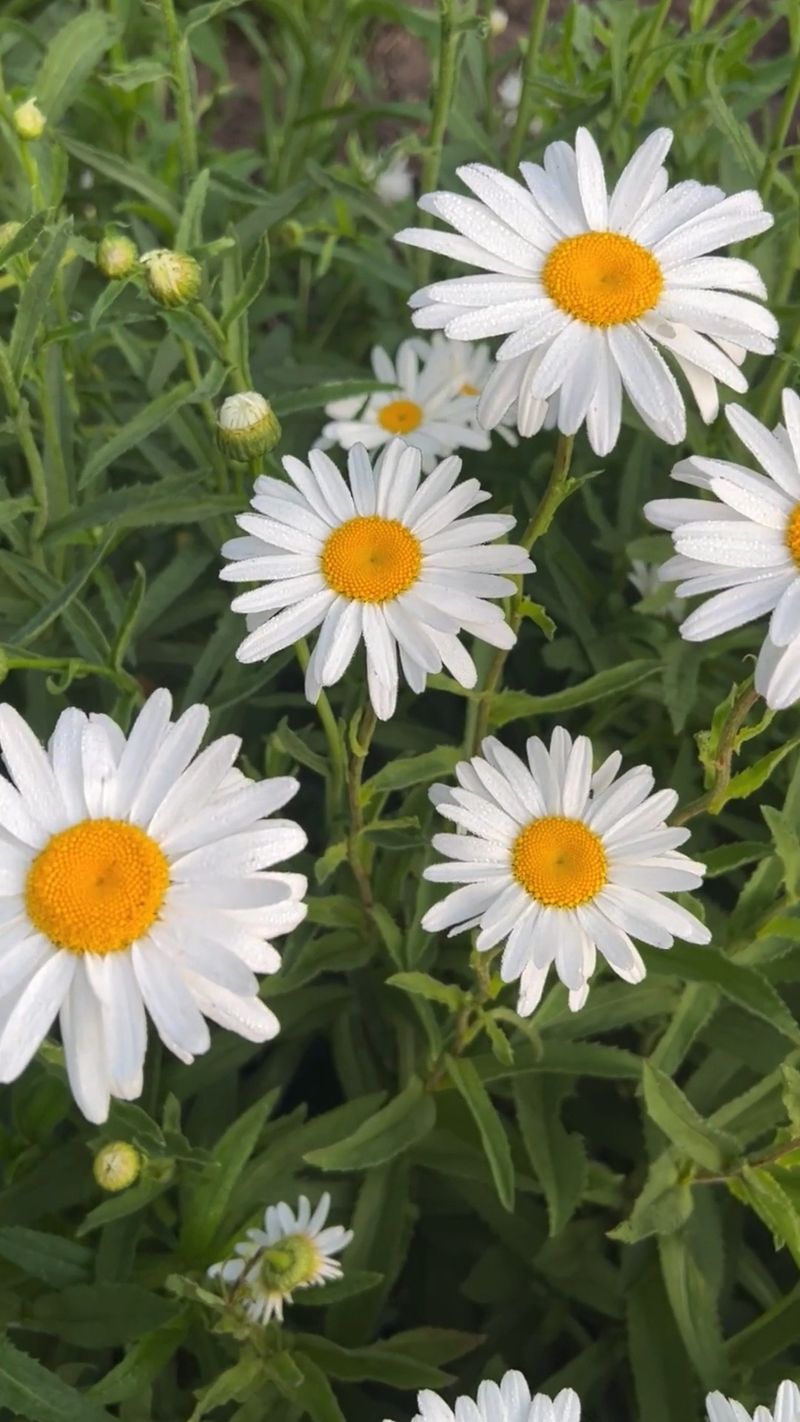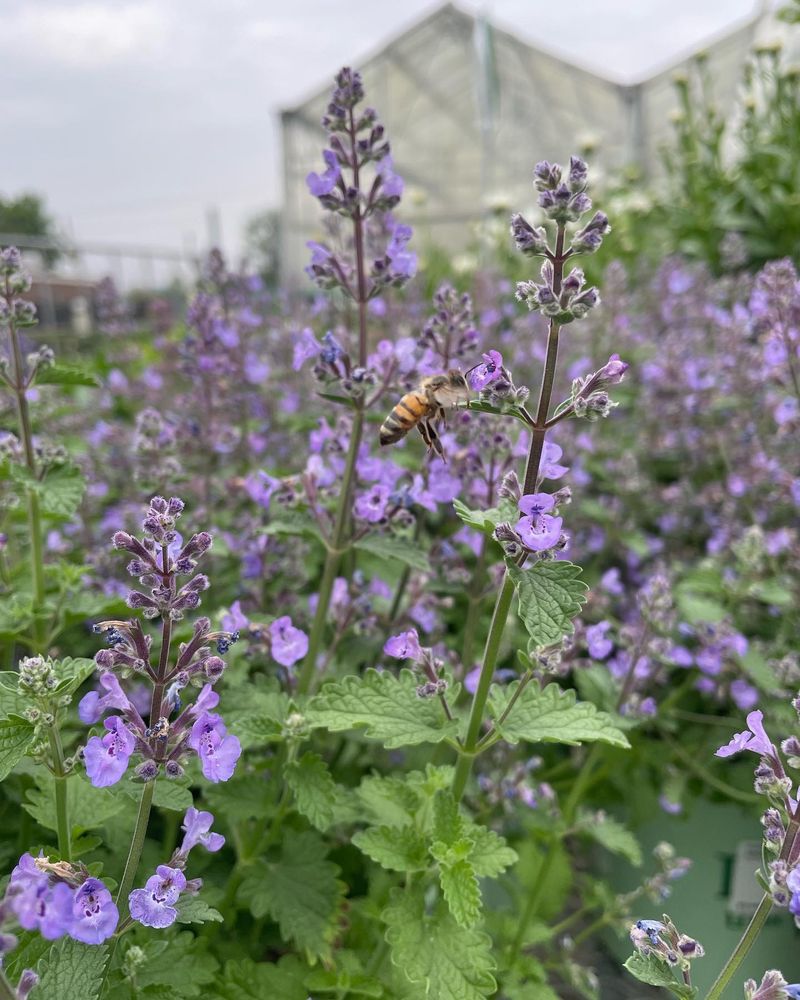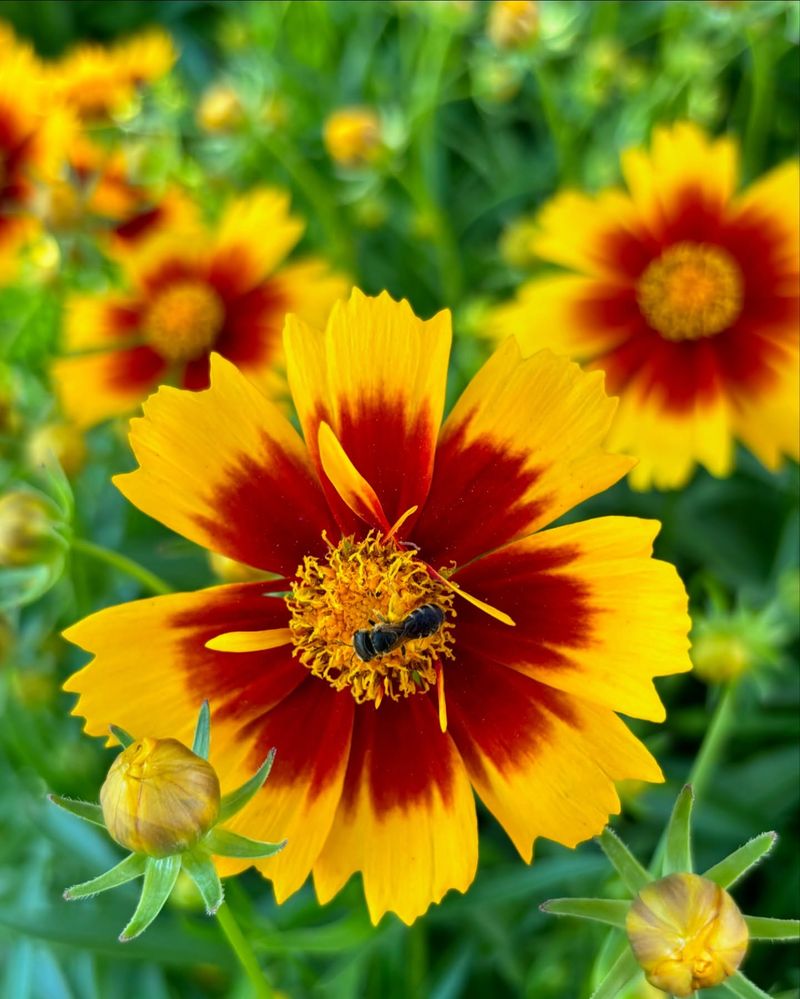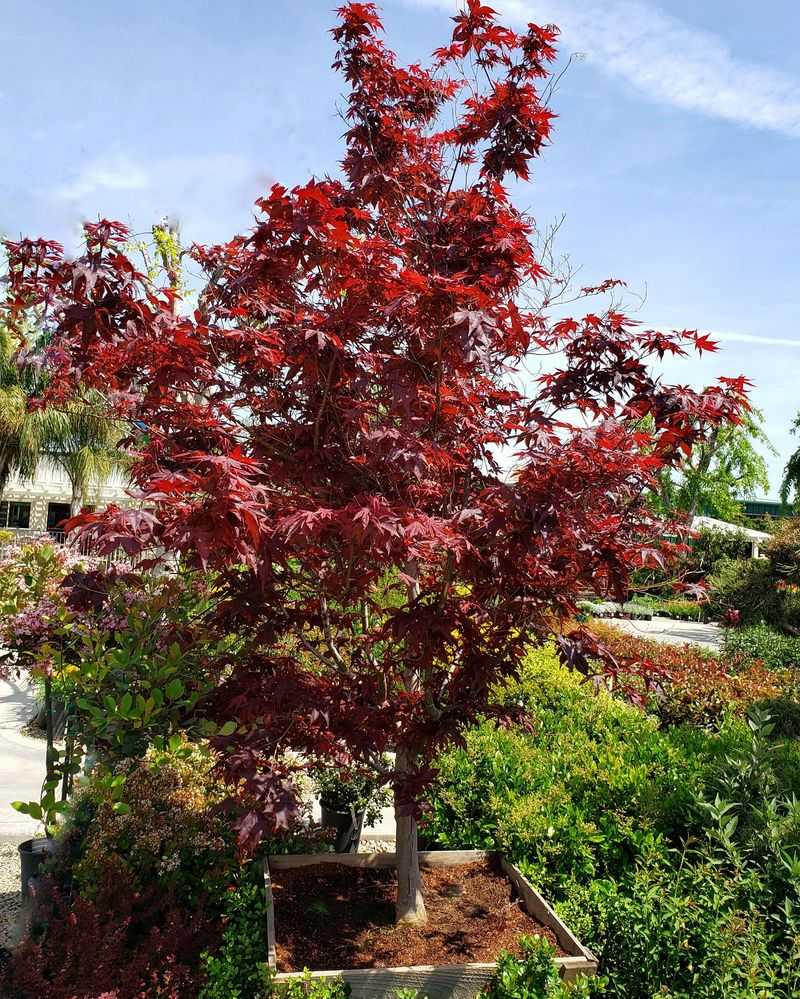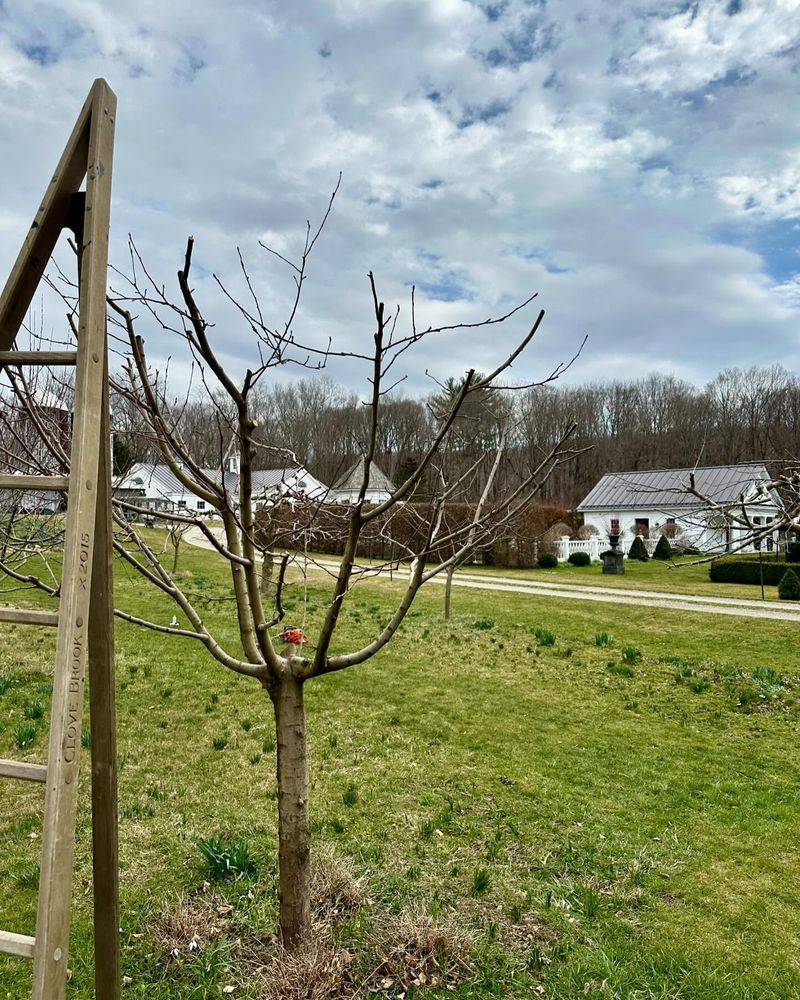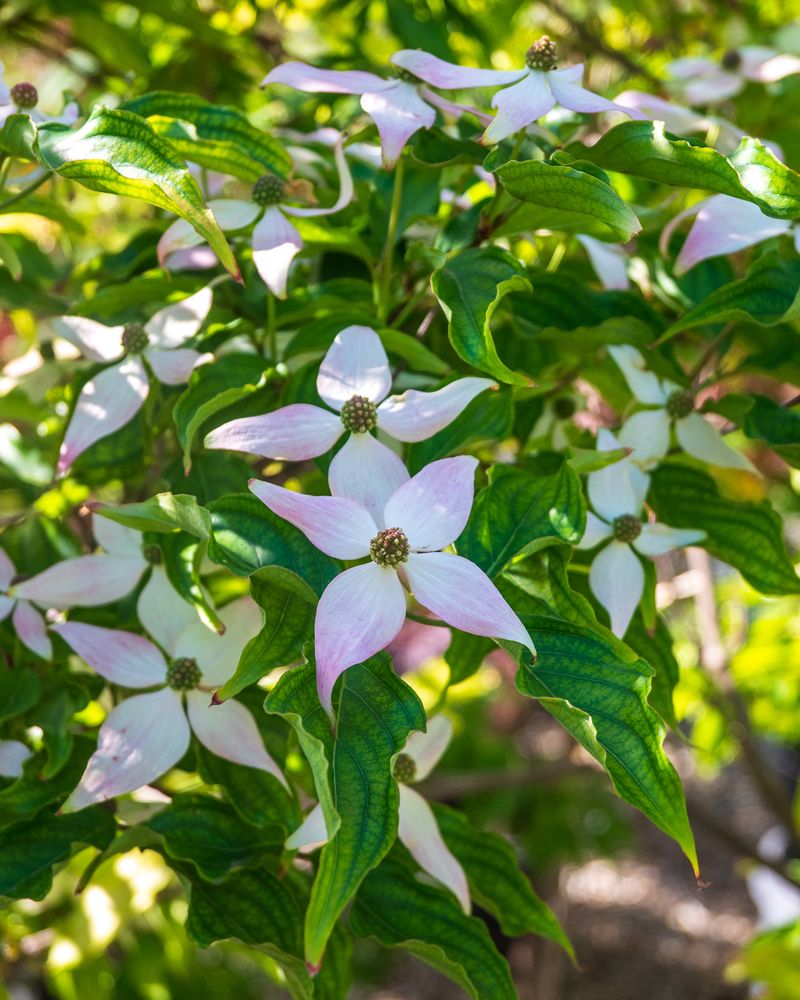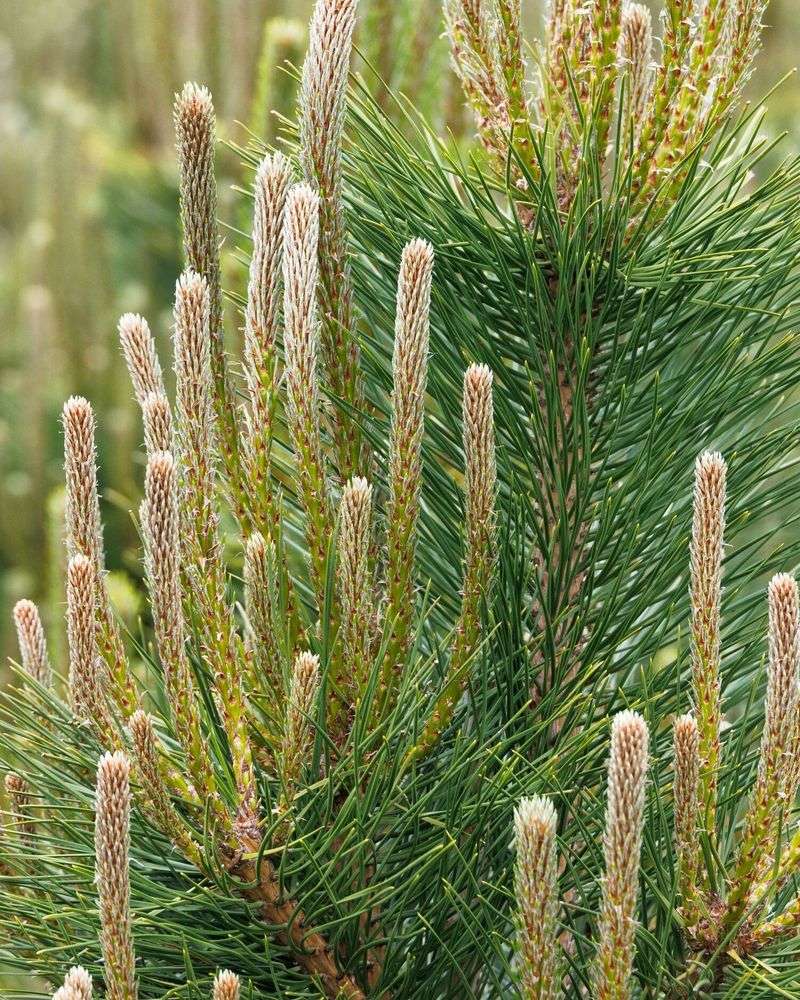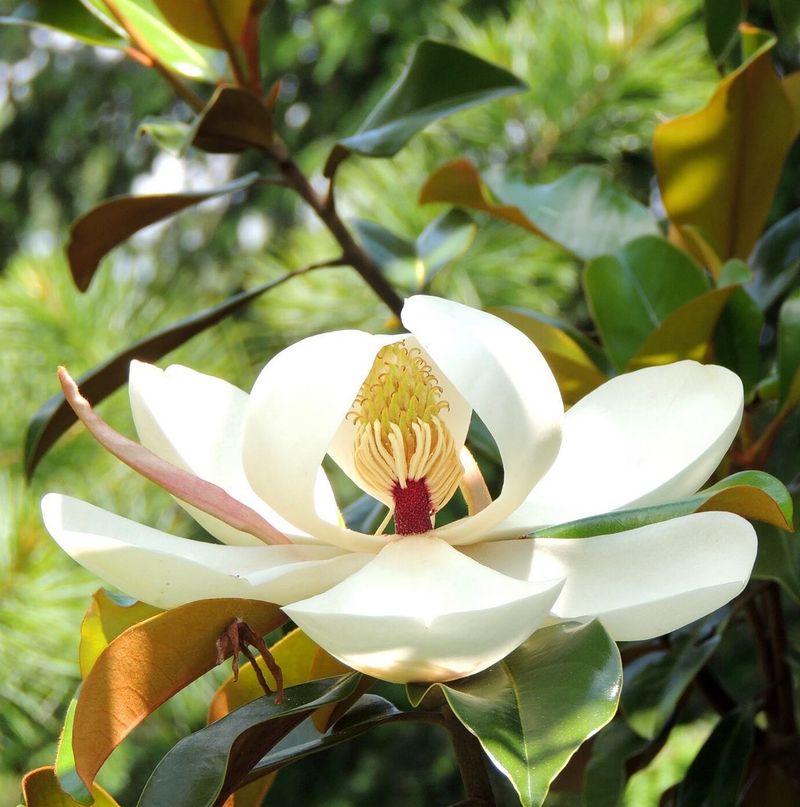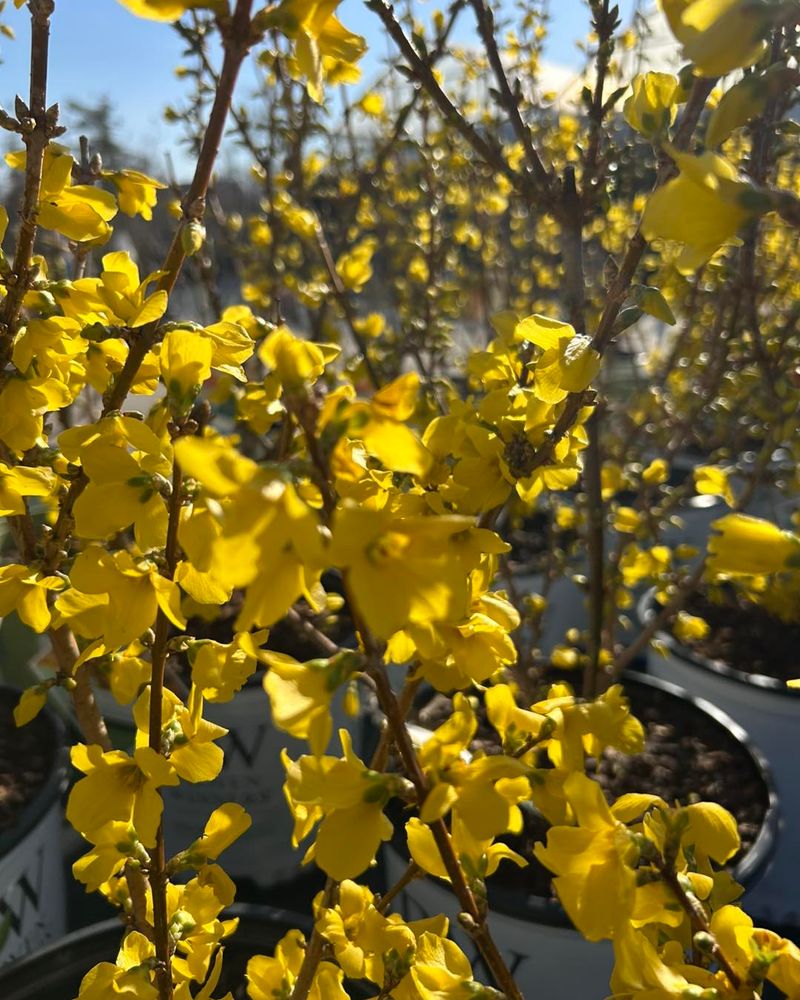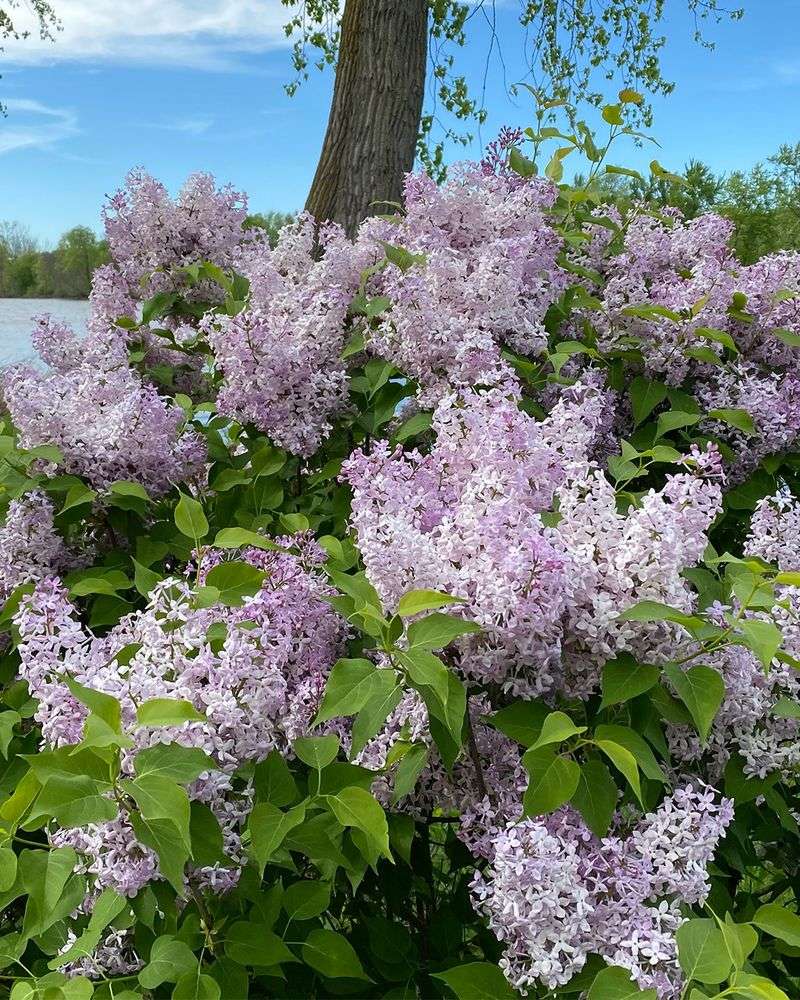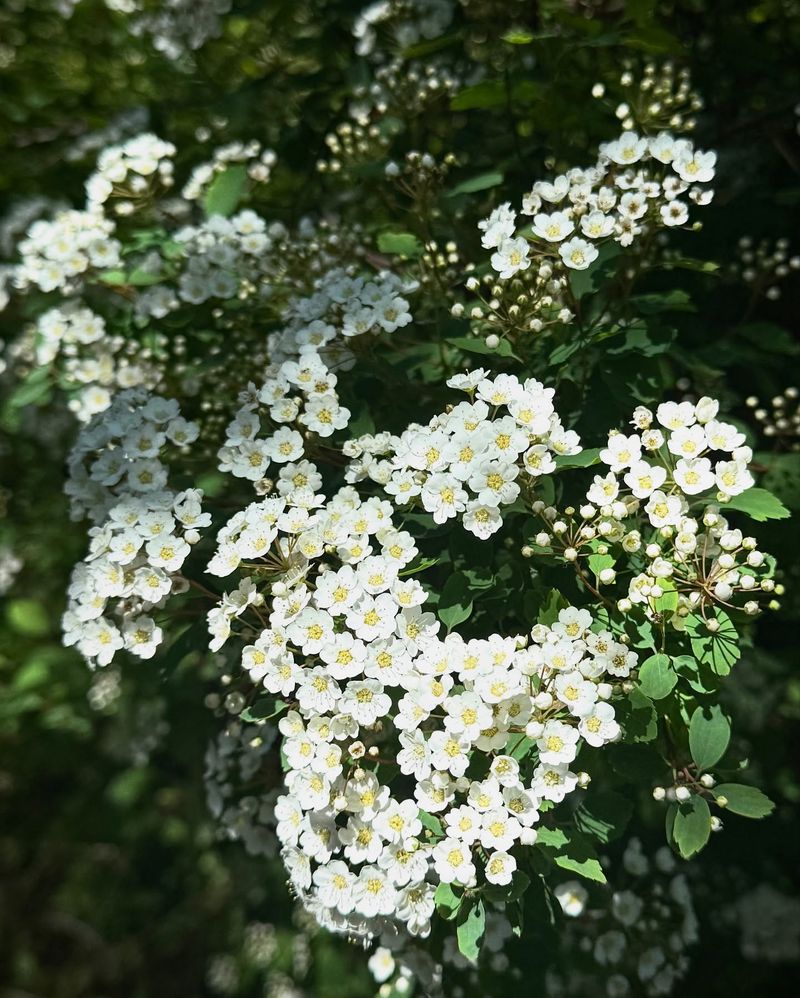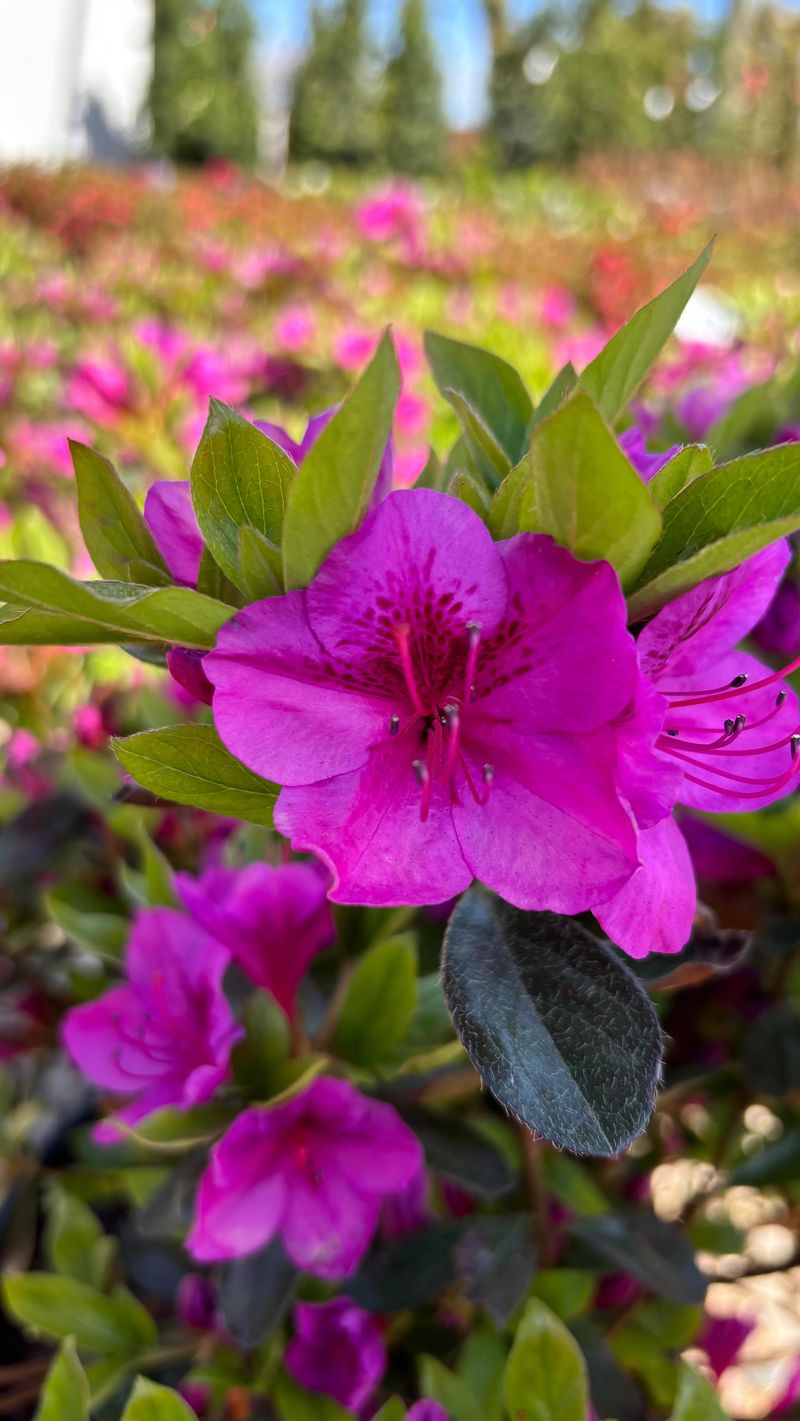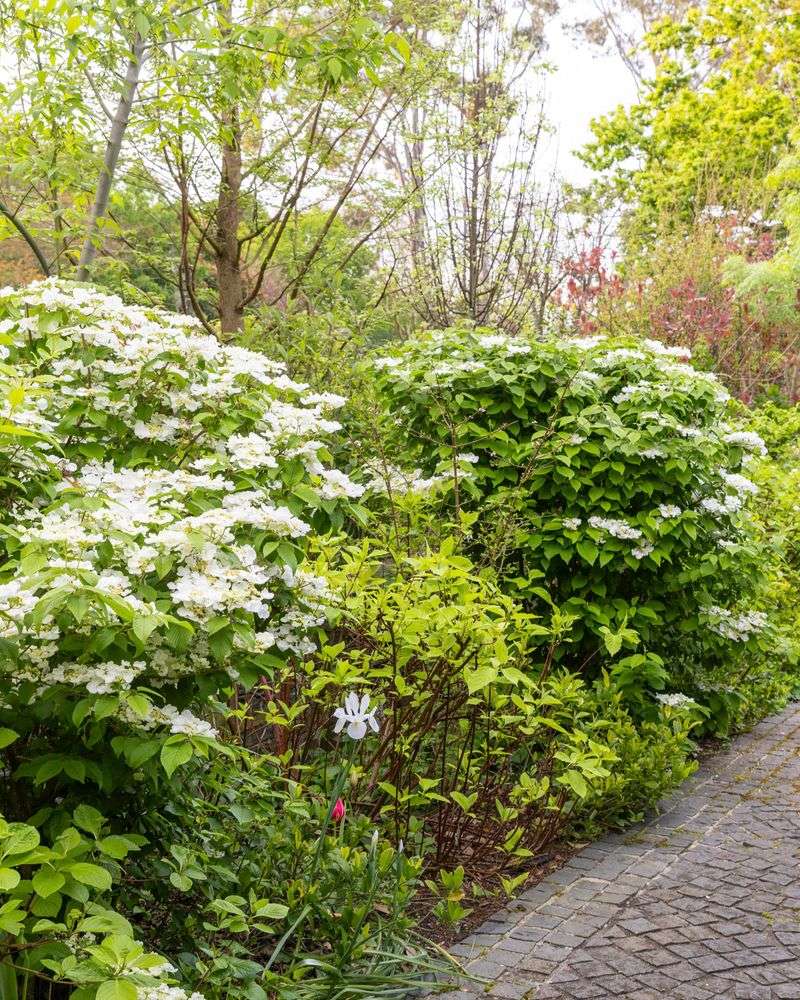May always feels like the sweet spot for giving my garden a fresh trim. By this time, things are growing strong—and a little shape-up sets them up for even better blooms and growth.
I’ve made my share of pruning mistakes, but also learned which plants actually love a good snip right now. It’s all about timing, and May just happens to be perfect for these picks.
Here’s what I’m cutting back this month and how it helps everything thrive!
1. Peonies
After these stunning bloomers finish their spring show, it’s time for a little haircut. Remove spent flowers by cutting just above a strong leaf bud to prevent seed production and redirect energy to the roots.
Don’t touch the foliage yet though! Those green leaves are busy making food for next year’s flowers. Simply clean up any diseased or damaged stems, and save the major cutback for fall when the plant goes dormant.
2. Salvia
Early bloomers in the salvia family often benefit from a May haircut. Grab your pruners and cut stems back by about one-third after the first flush of flowers fades to encourage a second spectacular show later in summer.
Focus on creating a nice, rounded shape while removing spent blooms. This simple trim prevents the plant from looking leggy and stimulates fresh growth and more vibrant blooms that will attract butterflies and hummingbirds all season long.
3. Shasta Daisies
May is prime time to shape up these cheerful summer bloomers before they put on their main show. Pinch or cut back the stems by about one-third to create bushier plants with stronger stems that won’t flop over when loaded with flowers.
This technique, called Chelsea chop (named after the famous flower show), works wonders. For a longer blooming period, try pruning only half your plants, leaving the rest to bloom at their natural time while the pruned ones follow with a slightly delayed but stronger display.
4. Catmint
Just as the first lavender-blue flowers begin to fade, it’s the perfect moment to grab your shears. Cut back catmint stems by about half their height to stimulate a fresh flush of growth and prevent the center from splaying open.
The plant responds amazingly well to this seemingly harsh treatment. Within weeks, you’ll be rewarded with compact, bushy growth and a second wave of aromatic blooms that will continue attracting bees and butterflies while keeping neighborhood cats entertained through summer.
5. Coreopsis
These sunny yellow bloomers benefit greatly from a mid-spring haircut. Snip back the entire plant by about one-third before flower buds form to create a more compact, floriferous display that won’t need staking later.
For plants already showing color, deadhead spent blooms regularly throughout May. This simple maintenance prevents seed formation and keeps energy flowing toward producing more of those cheerful daisy-like flowers instead of wasting it on seeds, extending the bloom time significantly through summer.
6. Maple Trees
May offers a perfect window for shaping these beloved shade trees after their spring growth spurt. Focus on removing any dead, damaged, or crossing branches that developed over winter, making clean cuts just outside the branch collar.
Young maples especially benefit from selective pruning now to establish good structure. Avoid heavy pruning that removes more than 20% of the canopy, as maples can “bleed” sap excessively. Morning pruning allows cuts to dry before evening, reducing disease risk.
7. Fruit Trees
Late May is ideal for a light summer pruning of apples, pears, and other fruit trees. Remove any vigorous upright shoots (water sprouts) and inward-growing branches that block sunlight from reaching developing fruits.
This strategic thinning improves air circulation, reducing disease pressure during humid summer months. Unlike heavy winter pruning, this gentle May maintenance focuses on redirecting energy to fruit production rather than excessive leafy growth, resulting in better quality harvests and easier picking later.
8. Dogwood
After these spring beauties finish their spectacular flowering display, it’s an excellent time for some light shaping. Wait until the blooms have completely faded, then remove any dead, damaged, or rubbing branches with clean, sharp cuts.
Young dogwoods benefit from selective pruning to establish an open, balanced framework. Mature specimens need minimal intervention – just enough to maintain their graceful silhouette. Avoid removing more than 15% of the canopy in one season to prevent stress on these somewhat sensitive ornamental trees.
9. Pine Trees
May brings the perfect opportunity to control the size and shape of pine trees through candle pruning. Those light-colored, finger-like new shoots (candles) that emerge in spring can be pinched or cut back by half to create denser growth.
This technique works especially well for landscape pines like mugo or Scots pine. Simply snap the candles with your fingers or use sharp shears for a clean cut. The shorter the candle is cut, the more compact the growth will be, allowing precise control of the tree’s future development.
10. Magnolia
If your magnolia needs shaping, May provides a good window after flowering but before summer heat arrives. Remove any dead or crossing branches, and lightly shape the canopy if needed, making clean cuts just outside the branch collar.
Proceed with caution and restraint. Magnolias generally need minimal pruning and resent heavy cutting. Focus on maintaining the tree’s natural, elegant form rather than trying to drastically reshape it. Young trees benefit most from early structural pruning that prevents problems as they mature.
11. Forsythia
Right after these yellow harbingers of spring finish blooming is the perfect time for pruning. Cut back about one-third of the oldest stems completely to the ground to stimulate fresh, vigorous growth that will produce next year’s flowers.
For overgrown shrubs, more dramatic renewal is possible. Remove up to half of the oldest, thickest stems at ground level. Then lightly shape the remaining branches if needed, but avoid shearing into a formal hedge – forsythia looks best with its natural arching form maintained.
12. Lilac
The weeks immediately following those intoxicating spring blooms are ideal for pruning these beloved shrubs. Deadhead spent flower clusters by cutting just above a pair of leaves or buds to prevent seed formation and conserve energy.
For older lilacs, more extensive rejuvenation might be needed. Remove about one-third of the oldest, thickest stems at ground level to improve air circulation and stimulate new growth. This strategic pruning keeps plants vigorous while ensuring abundant flowering next spring, as lilacs bloom on old wood.
13. Spirea
Spring-flowering varieties like Bridal Wreath spirea benefit from pruning right after their white blooms fade in May. Remove up to one-third of the oldest stems at ground level to rejuvenate the shrub and prevent woody, bare centers.
For summer-blooming spireas, May is perfect for a light shearing to shape the plant before flower buds form. This simple maintenance keeps these versatile shrubs looking their best and flowering abundantly. With either type, avoid formal shearing in favor of more natural-looking selective cuts.
14. Rhododendron
After these woodland beauties finish their spectacular spring show, it’s the ideal time for light pruning. Carefully snap off spent flower trusses just above the emerging growth buds to prevent seed production and direct energy toward next year’s blooms.
For older, leggy specimens, more significant rejuvenation can begin now. Cut back a few of the tallest stems to a visible growth bud or branch junction. Rhododendrons respond well to this gradual approach, which can be continued over several seasons until the shrub regains a more compact form.
15. Viburnum
May offers the perfect opportunity to shape these versatile shrubs after spring-flowering varieties have finished their display. Remove spent blooms by cutting back to a strong pair of buds or a side branch to encourage bushier growth and better flowering next year.
For older specimens, consider removing a few of the oldest stems at ground level to rejuvenate the plant. Viburnums generally need minimal pruning beyond this basic maintenance, so resist the urge to shear them into formal shapes – their natural form showcases both flowers and berries best.

